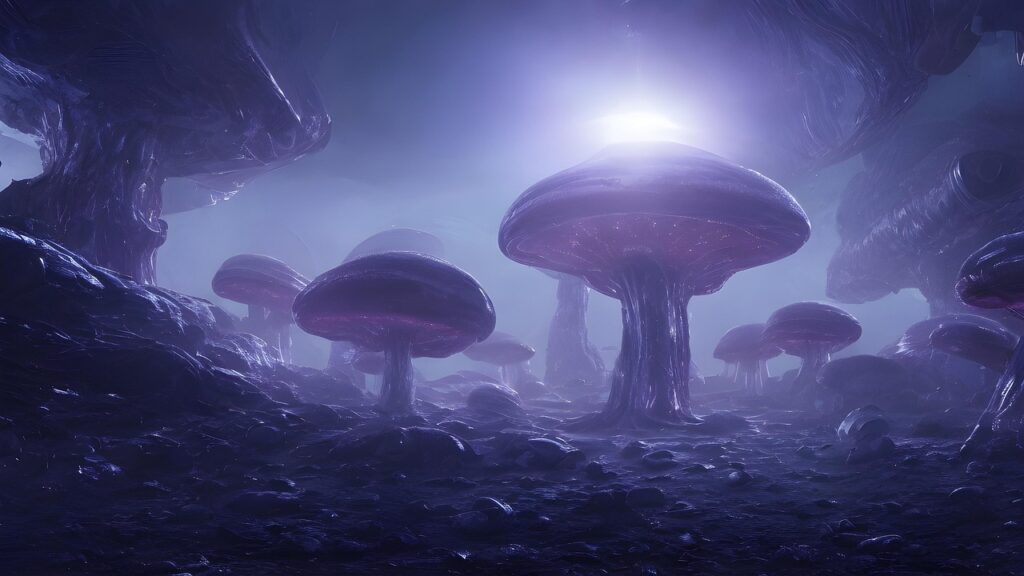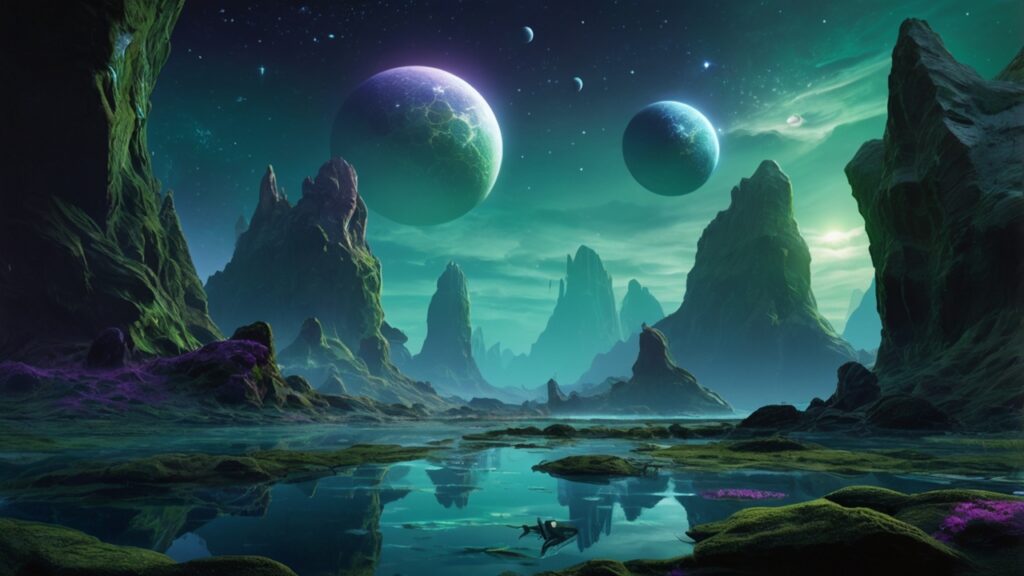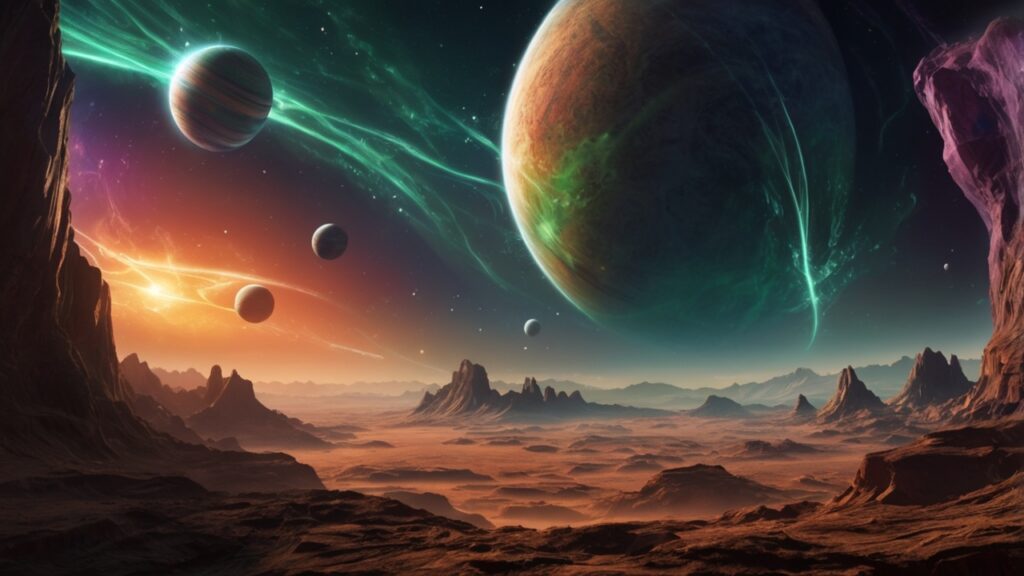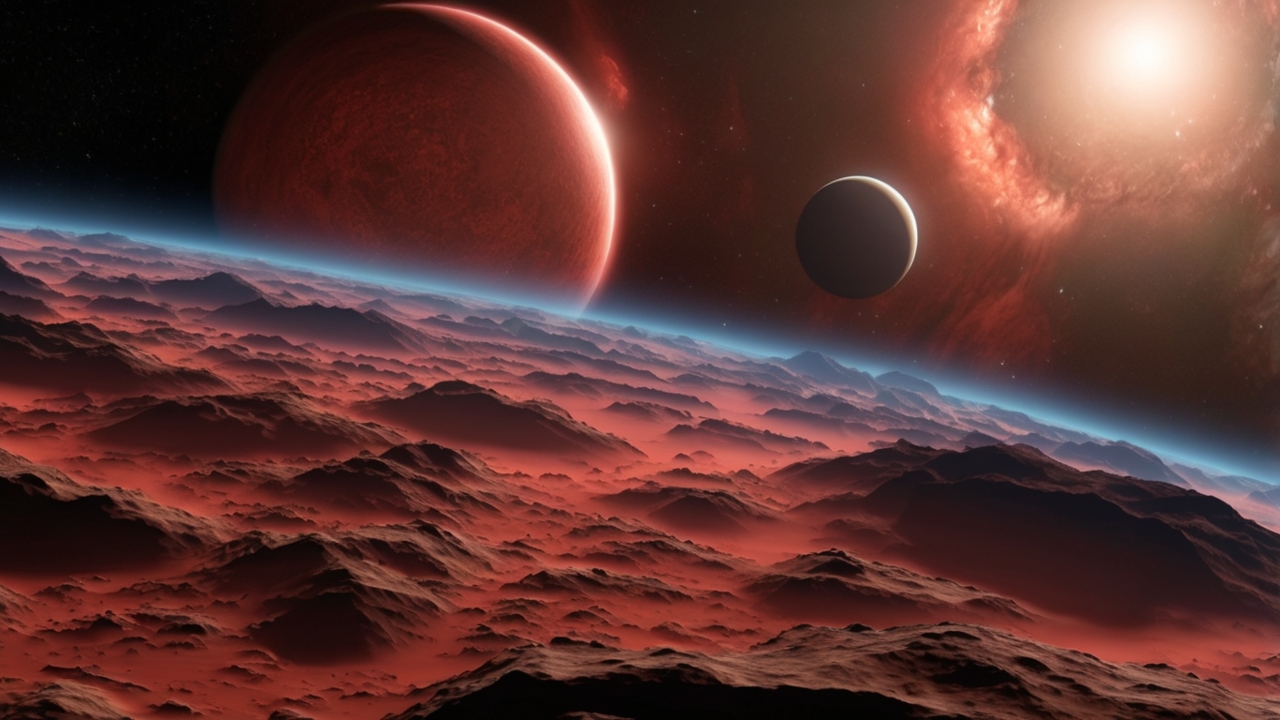Recent headlines implied a stunning scientific discovery. The planet is K218b, a world 124 light years away that’s just 2.6 times larger than the Earth and orbits a red dwarf star within the habitable zone. The signature that’s got everybody excited is claimed to be that of more than three sigma evidence of a pair of gases, dimethy sulfide and dimethy dulfide, molecules that at least on Earth are only made by life.
Before the recent news cycle, we already had quite a lot of data about K218b. The planet was discovered back in 2015 by NASA’s Kepler mission, but during its second mission phase, hence the name K2. Now, Kepler detects planets by watching for dips in starlight caused by eclipses or transits in front of the parent star. The depth of that dip gives you the relative size of the planet compared to the star. And here ends up being about 2.6 Earth radius. It turns out that there are a lot of planets in the cosmos with roughly this size. But curiously, the solar system lacks one. K28b is between the size of our largest rocky planet, the Earth, and our smallest gas giant, Neptune. And so, we don’t know what kind of planet this even is, rocky, gasy, or maybe something else entirely.

Recent surge of interest in this particular Planet stem from new observations of its atmospheric composition revealing some peculiar findings firstly there was a presence of methane which theoretically could indicate the potential for life as it is considered a possible biosignature additionally there was an abundance of carbon dioxide and a notable absence of carbon monoxide characteristics not dissimilar to Earth’s atmosphere however the most intriguing Discovery was the potential detection of dimethyl sulfide DMS a toxic gas known on Earth to be produced solely by certain algae in the oceans if confirmed this detection could signify a direct detection of Life on another planet or more like a water world AKA a hean planet but let’s not get our hopes up just yet because these intriguing interpretations are far from settled is k218b truly a habitable ocean world or could alternative explanations fit the JWST data just as well based on the density data provided by web we can suppose that k218b may have an enormous ocean and a thick hydrogen atmosphere resulting in the water being slightly warmer than here on Earth so the exoplanet could very likely be somewhere.

Between a super Earth and a sub Neptune and that fits the description of an ocean World quite well the cherry on top here is the detection of methane which is particularly exciting because typically it doesn’t last in atmospheres for more than 2 or 3 years due to solar radiation so there must be something that is refilling it in the atmosphere and that raises the question is this an indirect evidence of life beyond our planet well like earlier let’s not get our hopes up just yet a team to NASA aim’s research center and the University of Washington approached this question by using two sets of models with JWST data the first model describes rocky planets with surface oceans with and without life while the other set describes gaseous planets without a surface and without life both the models predict the planet’s photochemistry as in the chemical reactions in the atmosphere driven by photons from the host star

The climate of the exoplanet the team found that k218b is unlikely to be a lifeless water world because such a planet wouldn’t have enough methane in its atmosphere to match the JWST observations yes a water world with microbial life is more promising with simple methane producing organisms that may be able to produce the supply of methane seen in the planet’s atmosphere that’s exciting but despite the excitement the team found that the uninhabitable gas-rich exoplanet model also fits the jwst data well and may present fewer challenges the ocean World model not only requires life to explain its atmosphere but also struggles to
Reconcile the needed cool surface temperature with the likelihood of a Runway greenhouse effect what this means is that the planet might be too hot for life to be present at all and hence the team suggests that efforts involved in looking for life on exoplanets should first test planetary temperature to ensure that it is not too hot to host an ocean so there you have it neither model perfectly fits all the features in k218b Spectrum future JWST data could reveal one of the two things the presence of Ammonia indicates a gaseous planet or DMS which would strongly suggest Gest an inhabited Water World.
